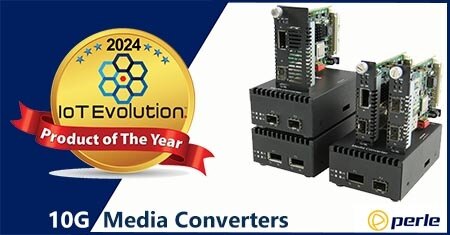
Cables and airflow closely aligned
By Donna DonnawitzJune 19, 2014
Cables and cold aisle containment
A recent DataCenter Knowledge report explained that cold aisle containment is rising as more organizations implement high-density computing configurations in the data center. A cold aisle containment strategy ensures that cold air stays closer to servers and does not dissipate throughout the facility, making it a superior option in denser computing environments. However, building a highly contained cold aisle setup can be extremely difficult, especially when it comes to preventing cool air from seeping into other parts of a facility.
Cabling setups are a major issue when it comes to cold air seepage. Maintaining structured cabling systems and other parts of the network configuration can lead to many wires being moved in and out of racks, and systems also being repositioned or taken out of the rack to make accessing the cables easier. These maintenance tasks lead to cold air escaping containment and can have an adverse impact on facility efficiency. According to the news source, integrating structured cabling systems into the cold air containment setup is key to overcoming the efficiency impact of maintenance activities.
Cable and cooling as a whole
Structured cabling systems are not the only wires that can get in the way of cooling. Long strands of 10GBASE-T copper wires in cable trays, for example, can prevent hot exhaust air from escaping. Advanced copper cabling setups involve bundling large numbers of wires, creating airflow challenges in high-densities systems that require large amounts of bandwidth. Implementing fiber for strategic parts of the data center can eliminate this barrier to airflow and reduce electricity usage as fiber uses a much more efficient signal type. Media converters enable IT teams to move freely between fiber and copper, letting them strategically balance cost and efficiency benefits to maximize value.
Perle has an extensive range of Managed and Unmanaged Fiber Media Converters to extended copper-based Ethernet equipment over a fiber optic link, multimode to multimode and multimode to single mode fiber up to 160km.



